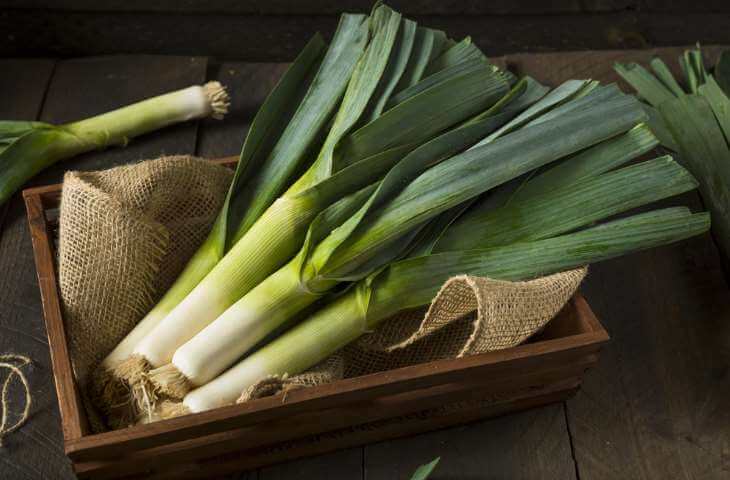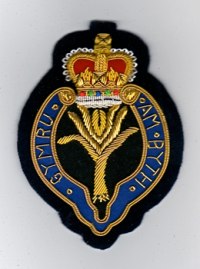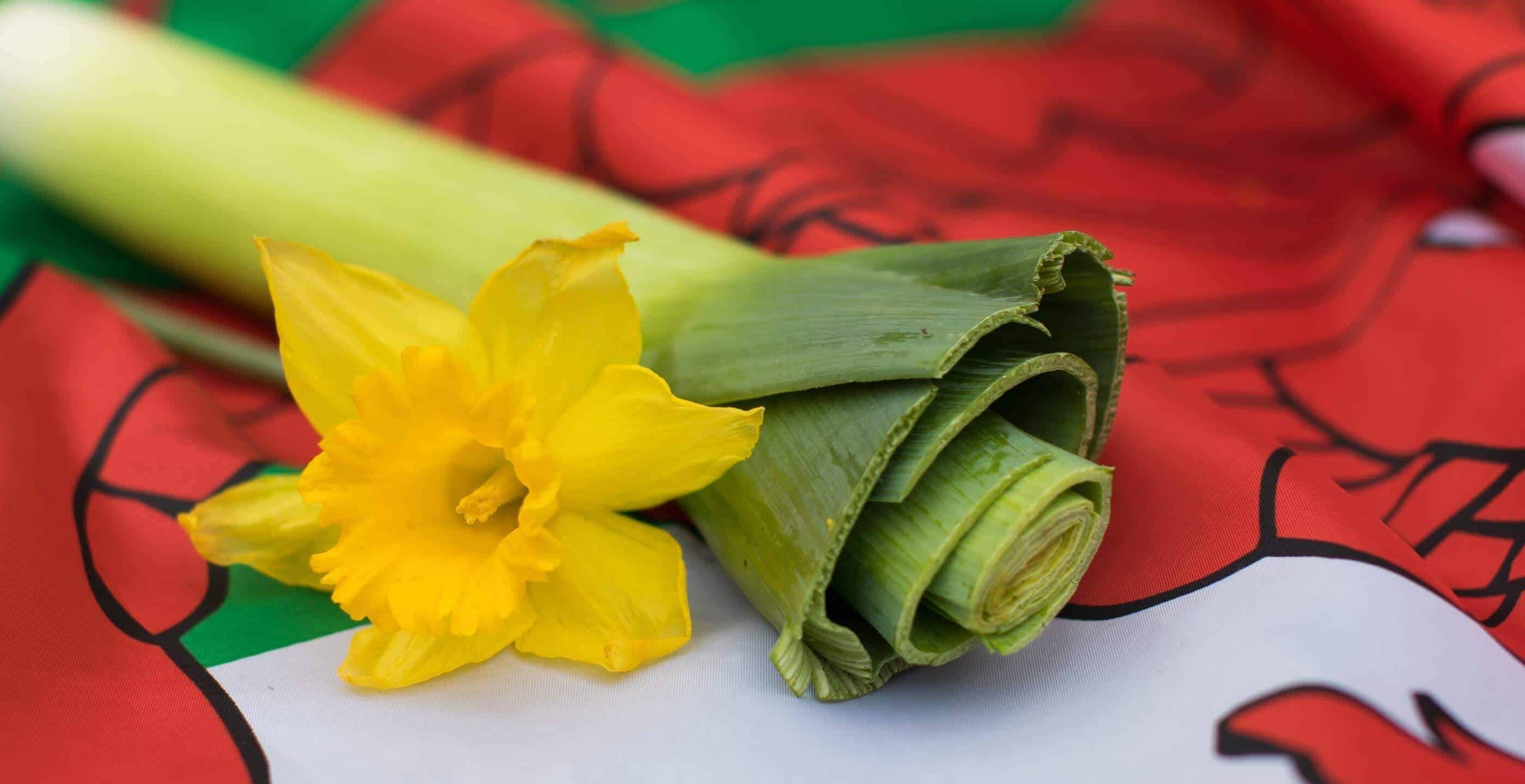Proudly sported every St. David’s Day on 1st March and at every international rugby match, the leek is now widely recognised as the national symbol of Wales. But why is it that patriotic Welshmen and women across the world attach this strong smelling member of the onion family to their clothing? The true origins are now perhaps lost in myth and legend; however the history can certainly be traced back at least seven hundred years.
During Elizabethan times, Shakespeare refers to the custom of wearing a leek as an “ancient tradition”, and his character Henry V tells Fluellen that he is wearing a leek “for I am Welsh, you know, good countryman.”

Even earlier than this, entries in the household accounts of the ‘Welsh’ Tudor Kings of England, record payments for leeks worn by the household guards on St. David’s Day.
Earlier still in the fourteenth century, it is known that the feared Welsh archers adopted the green and white colours of the leek for their uniforms, perhaps at the Battle of Crecy.
Earlier than this however, myth and legend begin to intertwine. According to one legend recorded by the English poet Michael Drayton in the early 1600’s, the leek was associated with St. David the Patron Saint of Wales who died in 589 AD. It is possible that the poet made up the story; however it tells how St. David ordered his soldiers to wear the leek on their helmets in a battle against the hated pagan Saxon invaders of Britain. The battle itself is also said to have taken place in a field full of leeks.
It is indeed likely that the Welsh association with the leek predates St. David by hundreds and possibly thousands of years, to an age when people worshipped trees, plants and other such aspects of Mother Nature. To an age before Christianity, and perhaps to the last stronghold of the Druids on the Island of Anglesey. The Druids were not only the Priests, Doctors, Poets and Minstrels of ancient Celtia, they were also the teachers who retained the sacred knowledge of ancient times.
It is in such times that the leek’s reputation as a medicine to cure a variety of illnesses would have been most appreciated and perhaps even revered. It was highly regarded as a cure for the common cold, alleviating the pains of childbirth and was a tasty, healthy ingredient in cawl, the traditional Welsh broth. It could seemingly offer protection against wounds in battle or against being struck by lightning, and was also a means of foretelling the future and for keeping away evil spirits It is also claimed that by placing a leek under a pillow at night, young maidens could see the features of their future husbands.
 And so today each year on St. David’s Day the leek is worn in the cap badges of every soldier in every Welsh regiment. Outside the army however, many other Welsh folk have substituted the daffodil for the leek, perhaps because it looks more attractive and certainly smells a lot better. Interesting to note however, that one of the many Welsh names for a daffodil is Cenhinen Bedr, or Peter’s leek.
And so today each year on St. David’s Day the leek is worn in the cap badges of every soldier in every Welsh regiment. Outside the army however, many other Welsh folk have substituted the daffodil for the leek, perhaps because it looks more attractive and certainly smells a lot better. Interesting to note however, that one of the many Welsh names for a daffodil is Cenhinen Bedr, or Peter’s leek.
As to the relative merits of the leek and the daffodil, it is purely a matter of personal choice as to which to wear on St. David’s Day. However the authorities decided in 1984 that the British £1 coin representing the Welsh part of the United Kingdom would feature the leek on the reverse.





